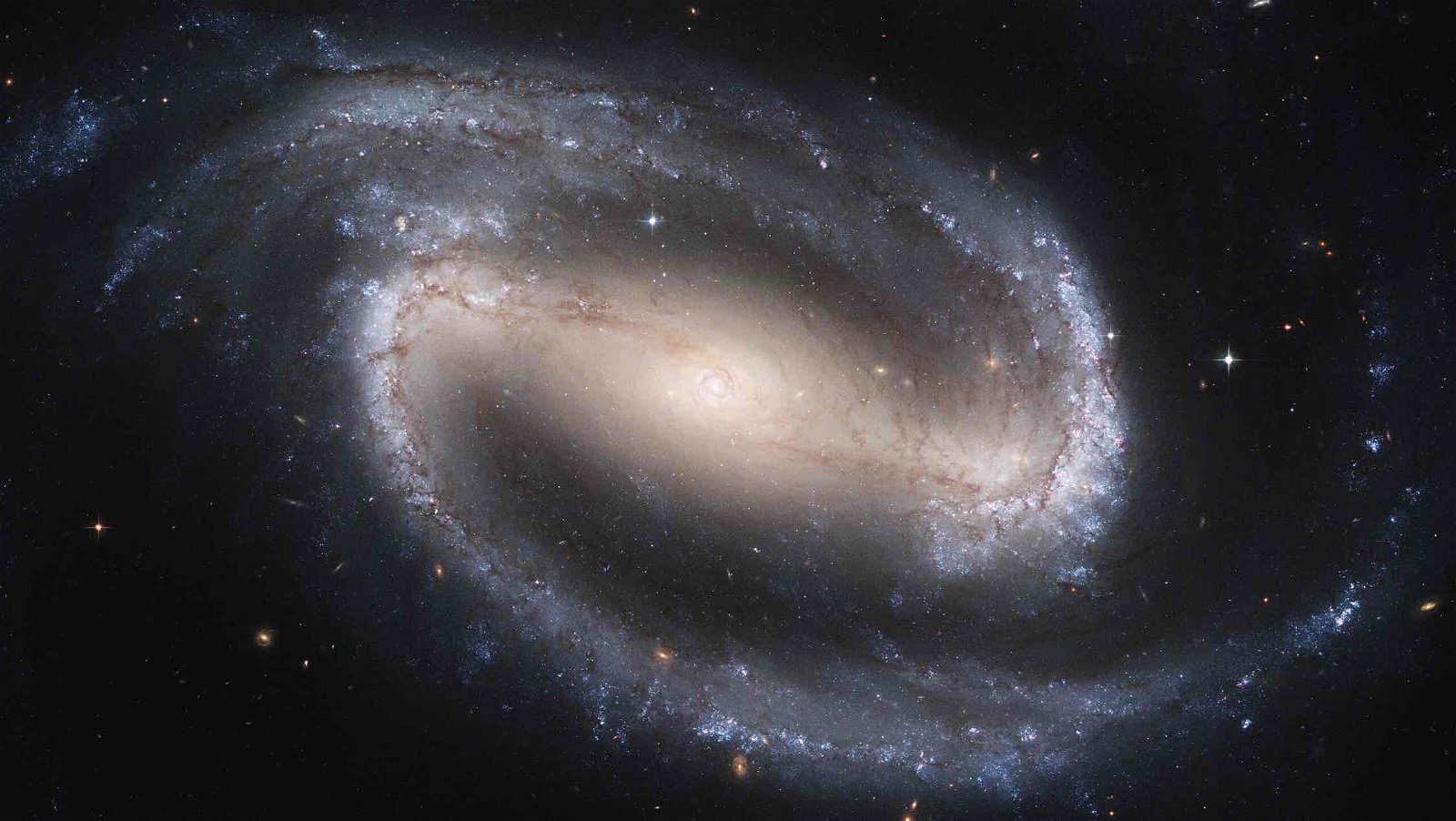A distant barred spiral galaxy has been spotted by NASA’s James Webb Space Telescope, according to an international team who says the ancient celestial object is the most similar to the Milky Way of any that have been observed and could upset existing theories about galactic formation.
The ancient galaxy, which is believed to have formed relatively soon after the Big Bang, surprised astronomers involved with the discovery since barred spiral galaxies like the Milky Way could not have possibly formed before the universe reached approximately half of its current age.
The discovery upends previous thinking about galactic formation and reveals that galaxies were “much more chaotic in the early universe and very few had similar structures to the Milky Way,” according to Alexander de la Vega, a researcher with the Department of Physics and Astronomy at the University of California, Riverside, and one of the co-authors of a new paper describing the research.
Dubbed ceers-2112 by astronomers, it possesses a galactic bar structure running through its center, which is composed of stars.
“Nearly all bars are found in spiral galaxies,” de la Vega said. Although de la Vega and the research team are aware of the existence of such bars in non-spiral galaxies, they aren’t as common in other types of galaxies.
According to de la Vega, the discovery of ceers-2112 surprised him.
“Initially, I thought detecting and estimating properties of bars in galaxies like ceers-2112 would be fraught with measurement uncertainties,” he said, adding that the powerful imagery produced by Webb helped he and the international team to place “strong constraints on the size and shape of the bar.”
Astronomers previously held that galactic evolution processes occurred over several billions of years before bar-like structures of stars began to form, possibly because of instabilities in the structure of galaxies, or possibly even the influence of gravity from nearby galaxies.
The team thinks the bar present in ceers-2112 is a clue that could help astronomers understand the ways that galaxies evolve. Namely, that they may become ordered at a far quicker pace over cosmological timescales than researchers once thought.
If this observation is correct, it could also challenge our existing ideas about galactic formation, and could mean that “some aspects of our theories of galaxy formation and evolution need revision,” de la Vega said in a statement.
However, ceers-2112 is potentially challenging other areas of astronomy too, which include current models of galactic formation that will now be required to account for how bars can appear earlier than once thought.
“These models may need to adjust how much dark matter makes up galaxies in the early universe, as dark matter is believed to affect the rate at which bars form,” de la Vega said in a statement.
The new findings also potentially upset existing ideas that bars would not be present in younger galaxies, which are among the most distant observed by the James Webb Space Telescope.
A new paper describing the team’s research, “A Milky Way-like barred spiral galaxy at a redshift of 3,” was published in the journal Nature on November 8, 2023.
Micah Hanks is the Editor-in-Chief and Co-Founder of The Debrief. He can be reached by email at micah@thedebrief.org. Follow his work at micahhanks.com and on Twitter: @MicahHanks.

